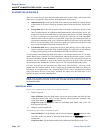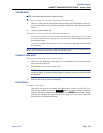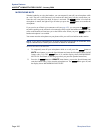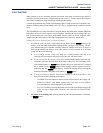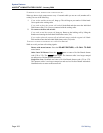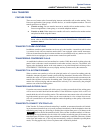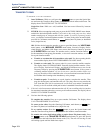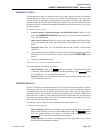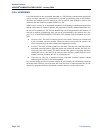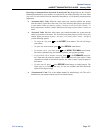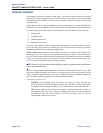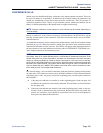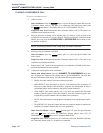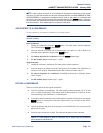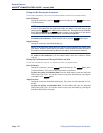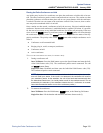
Page 206
System Features
AXXESS
®
ADMINISTRATOR’S GUIDE – January 2004
Call Screening
CALL SCREENING
Calls transferred from the Automated Attendant or a Call Routing Announcement application
can be screened, announced, or unannounced. Separate programming flags in the database
determine the methods used for transferring calls to stations with mailboxes, stations with
extension IDs, and extensions without mailboxes or IDs.
When a call is received by an automated attendant or Call Routing Announcement application
and the caller enters an extension number, the programmed Transfer Method determines how
the call will be transferred. The Transfer Method flags can be programmed in the database. If
allowed in mailbox programming, they can also be programmed by the mailbox user. (See
page 301 in VOICE PROCESSING FEATURES.) The available Transfer Methods are as fol-
lows:
• Announce Only: The caller is asked to state his or her name. Then the call is transferred
to the associated extension number. When the station user answers the transfer, the
Voice Processor plays the caller’s name and completes the transfer.
• Screened: The caller is asked to state his or her name. Then the call is transferred to the
associated extension number. When the station user answers the transfer, the Voice Pro-
cessor plays the caller’s name. The station user has the options of replaying the name,
sending the call to voice mail (if the extension has a mailbox), transferring the call to
another extension, accepting the call, or rejecting the call.
• Unannounced: The call is transferred to the associated extension number without
announcing the call. This is the default method.
In a network setting, the Voice Processor can provide call screening for a destination extension
on another node. However, the node where the Voice Processor is connected must have an off-
node device programmed for the destination extension and access to the remote node.



